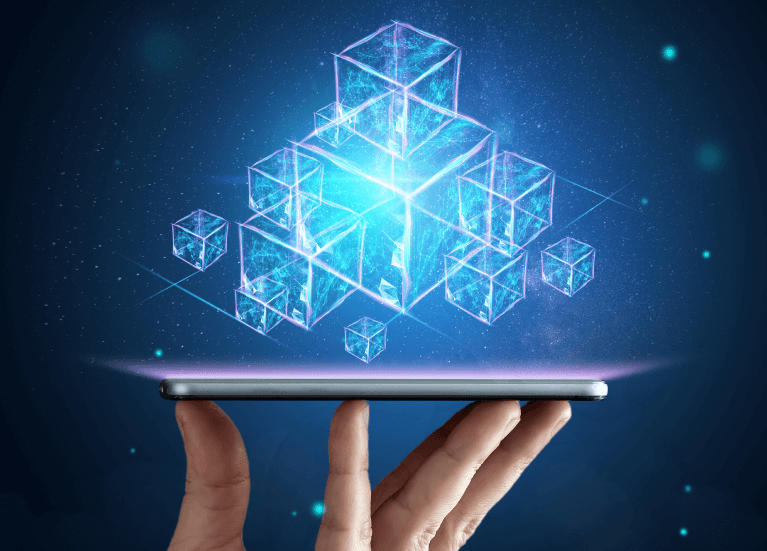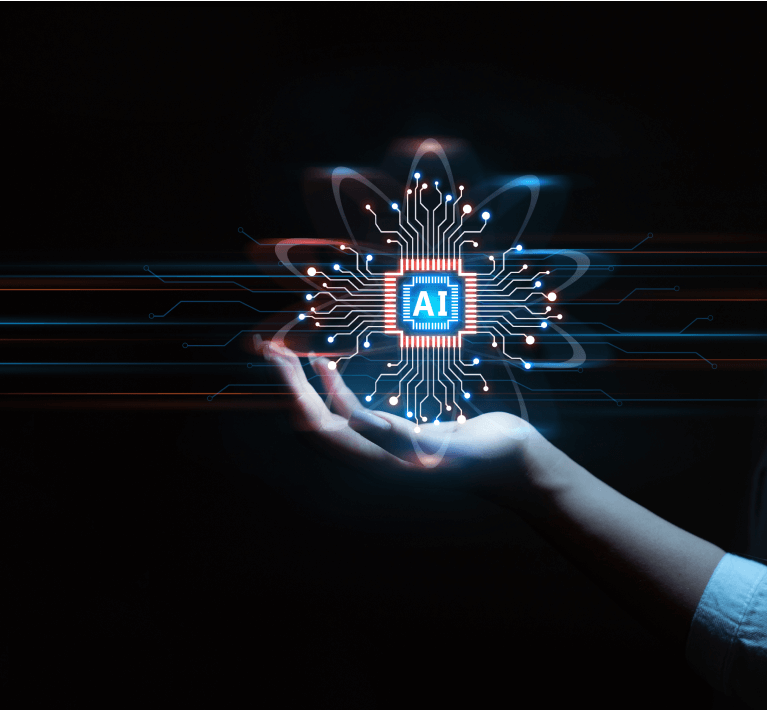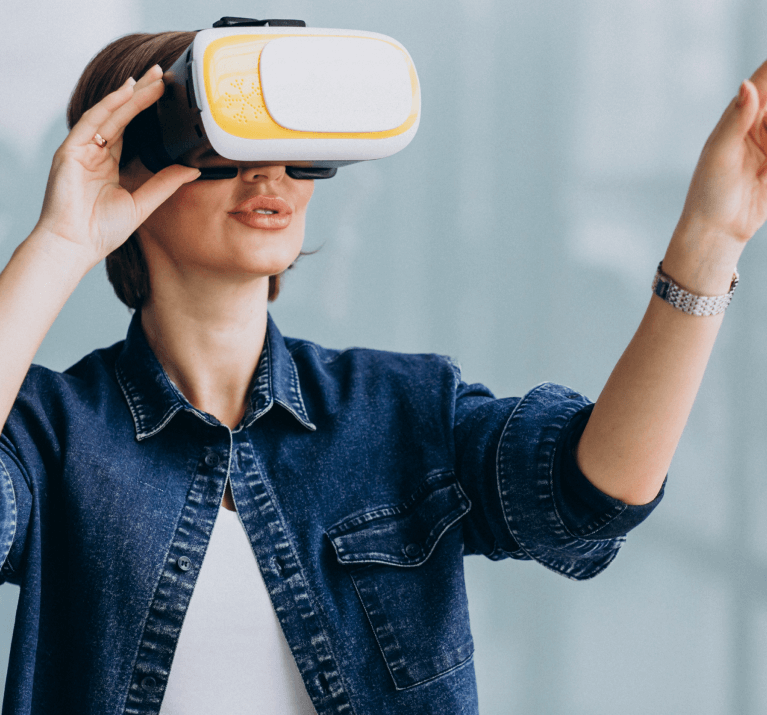Overview on Web 3.0
As we know, necessity is the mother of invention. So, the concept of Web 3.0 or Web 3.0 appears to solve some questions:
- How do you feel if your computer can crack the meaning of data?
- What if it can recognize people, businesses, products, data?
- Wouldn’t it be if they learn ‘what we are interested in?










